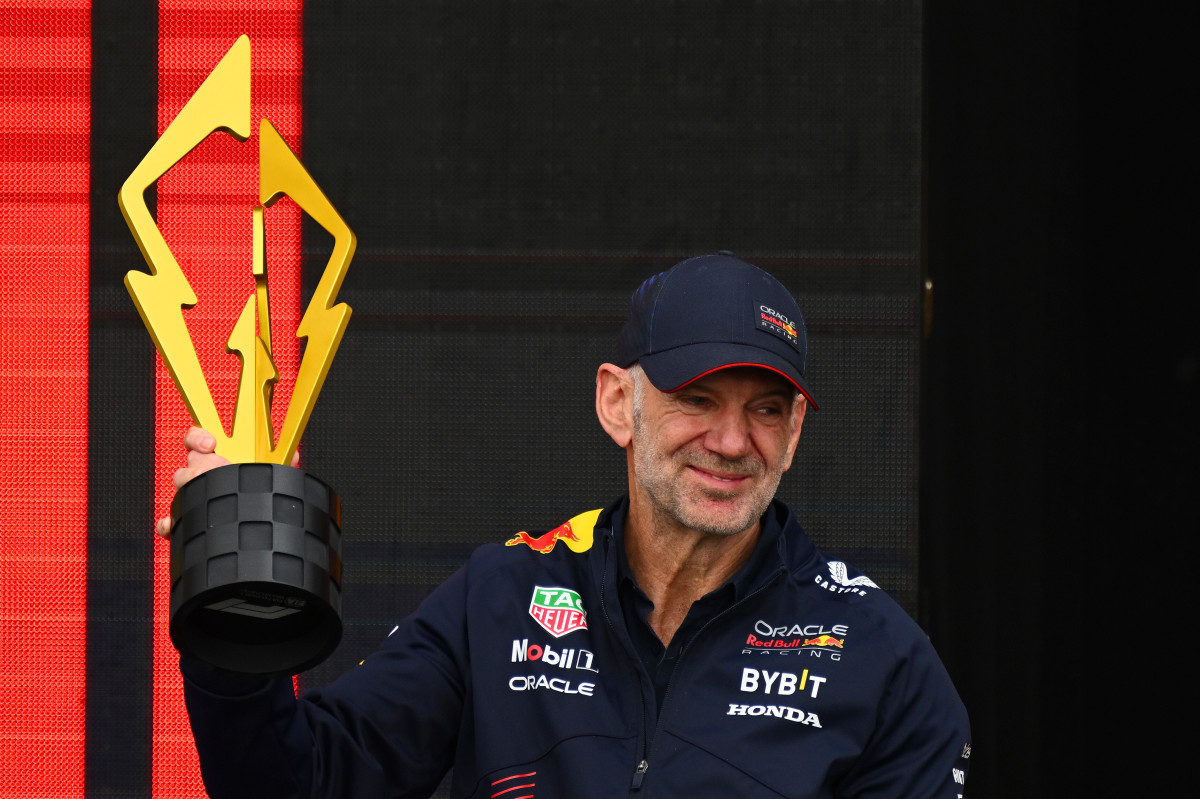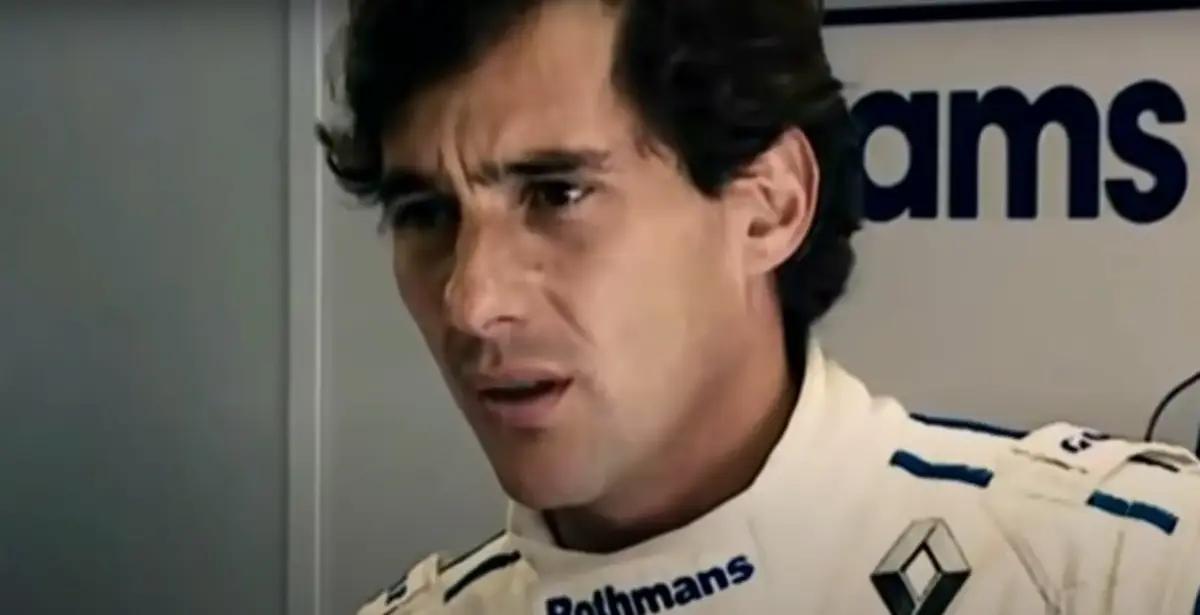F1 News: Adrian Newey Opens Up On Heartbreaking Reason Why He Almost Quit

In a recent interview, celebrated F1 designer Adrian Newey shared poignant insights into the profound impact Ayrton Senna’s 1994 tragic accident had on him, revealing contemplations of stepping back from the sport. The unexpected instability of the Williams FW16, which Newey designed, intermingled with the heartbreak of the accident, brought forth moments of doubt and self-reckoning for the accomplished designer.
Key Takeaways:
- Newey, candidly addressing the concerns with the 1994 cars, admitted to significantly misjudging the aerodynamics following a regulation change, rendering the car “aerodynamically unstable” and especially difficult to navigate on bumpier circuits like Imola.
- Senna's extraordinary car control and concentration allowed him to extract remarkable performance from the challenging FW16, contrasting with Damon Hill's more cautious approach, recognising the vehicle’s inherent instability.
- Post-Senna’s tragic death at Imola, Newey contemplated departing from F1 but acknowledged that doing so, particularly in tandem with Patrick Head, Williams engineering director, would have left the team in chaos.
Listen To The Latest Driven Mad Podcast Episode
“The ‘94 cars, one of my huge regrets, regardless of what was the cause of the accident at Imola, the one thing you could definitely say about the car is it was aerodynamically unstable,” expressed Newey, unreservedly, during F1’s Beyond the Grid podcast.
The regret stemmed not only from the fatal accident but from acknowledging the palpable instability of the vehicle following a transition back to passive suspension — a complexity that Senna managed to navigate with unparalleled skill in qualifying and during the races.
“We’d had two years with active suspension and, it’s my fault, I completely messed up the aerodynamics of going back to passive suspension and the much bigger ride height range that that has to cope with.
“It was a very, very difficult car to drive and the bumpier the circuit, the worse that became. And of course, Imola was quite a bumpy circuit, so what he did with that car was quite extraordinary, and he could do that in qualifying."

The difficulty of the FW16, exacerbated on bumpier circuits like Imola, presented a substantial challenge for drivers. Newey recalled Senna's extraordinary capability in manoeuvring the unstable vehicle, particularly noting the Brazil race where, despite managing to extract high performance, Senna spun at the last corner.
“In Brazil, he managed to carry it but spun at the last corner near the end of the race, extracting that performance from it.
“Damon [Hill] didn’t try to extract that level of performance from it, and so he finished the race, but he knew it was unstable.
“Ayrton’s self-confidence and self-belief in his car control, he would always try it. His car control and his concentration was quite extraordinary.”

Post the heart-wrenching incident at Imola, Newey found himself at a crossroads, candidly sharing:
“I thought about it [leaving], I have to say, you’d be a fool or there would be something wrong if you didn’t question yourself and question what you’re doing.
“First of all, it would have been quite selfish because if Patrick [Head, Williams engineering director] or I or both of us had decided we’re stopping, we’d have left the team in complete disarray.
“Like all mistakes, regardless of what did cause the accident, you have to learn from the possibilities of what might have caused the accident and make sure that you react to that, and make sure that you try to take appropriate measures to stop that ever happening again.”
